Mystery of last thylacine solved after 85 years lost in museum
It’s been a long night at the museum for the last known Tasmanian tiger after its missing remains were discovered in a cupboard 85 years since the skin and skeleton vanished from view
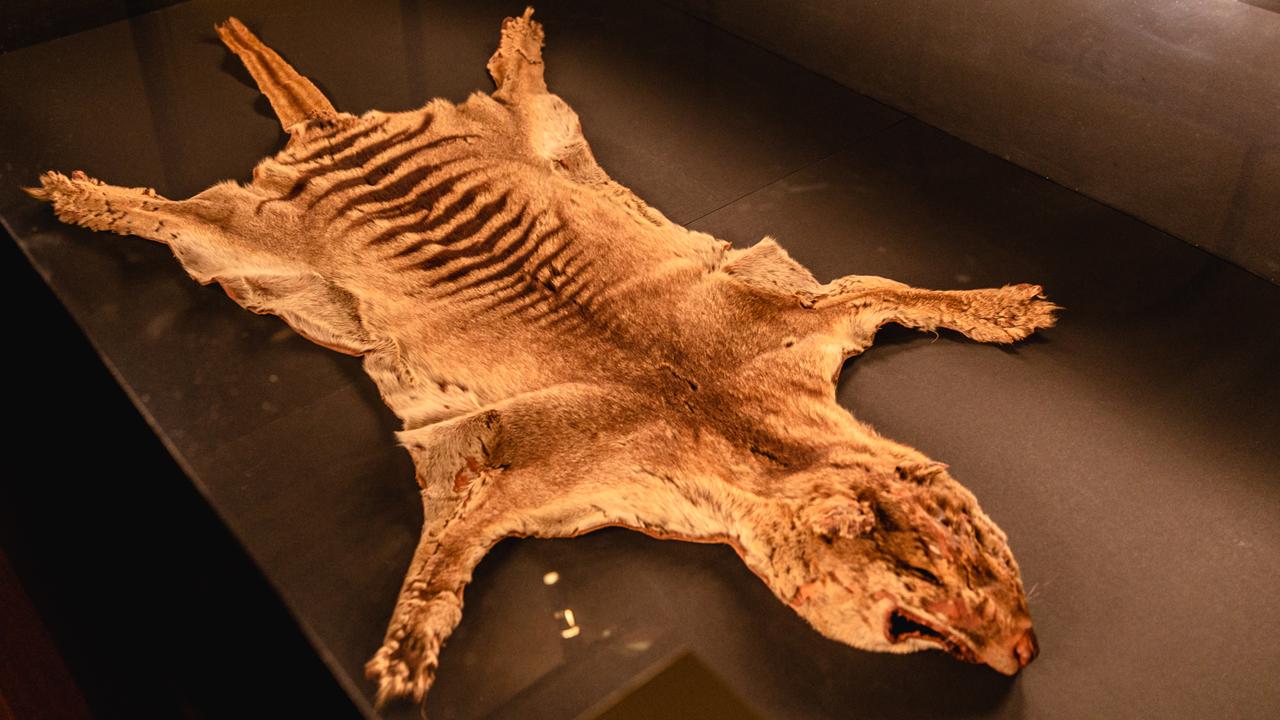
READING LEVEL: ORANGE
The remains of Australia’s last known Tasmanian tiger, suspected to have been lost more than 85 years ago, have been found in a museum cupboard.
The discovery has also debunked a long-held myth, with researchers now certain the animal previously identified in photographs and film as the last of his species was in fact the penultimate* thylacine* all along.
WATCH THE VIDEO

The incredible discovery in a cupboard at the Tasmanian Museum and Art Gallery’s (TMAG) education office has turned that prior claim on its head, ABC reported.
The records and remains of the female thylacine suggest the animal died at Hobart Zoo on September 7, 1936, confirming the specimen as the last known tiger.
The tanned skin and skeleton were catalogued incorrectly, leading to a long wait for the mystery to be solved.
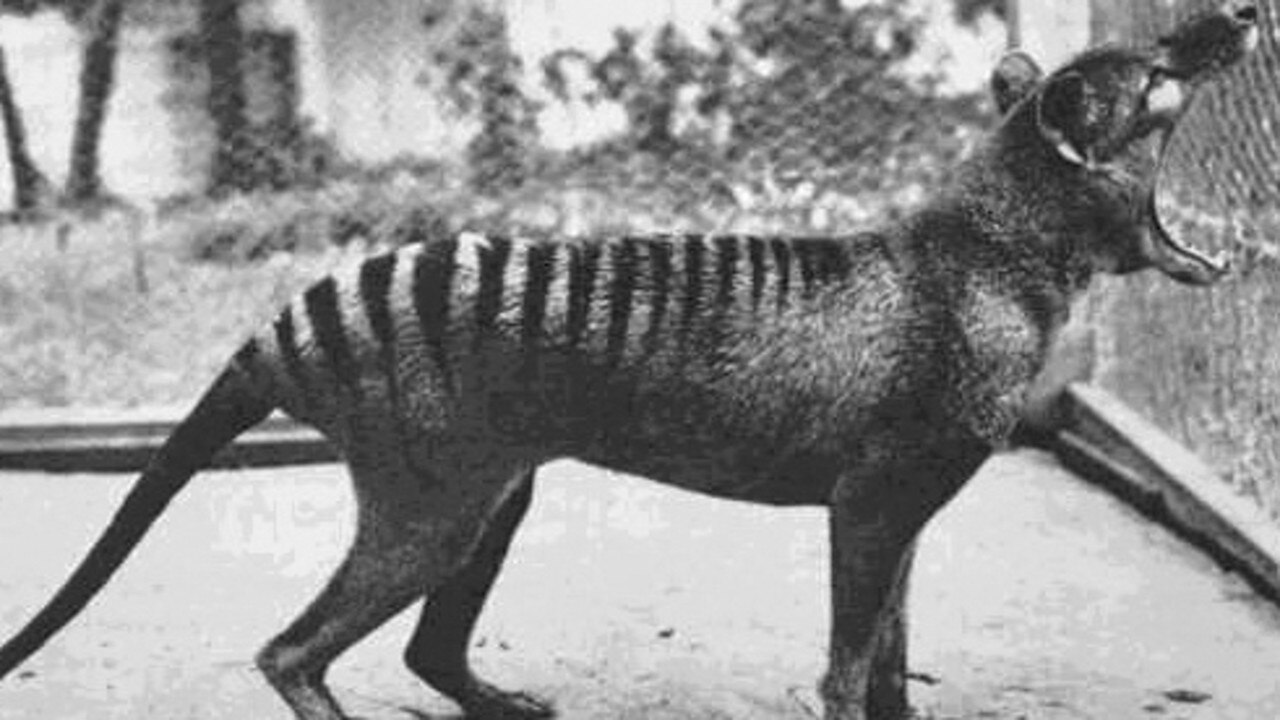
The hunt for answers began when researcher Dr Robert Paddle and museum curator* of vertebrate* zoology* Kathryn Medlock found mention of the remains in a museum taxidermist’s* report dated 1936/37.
The animal had been captured by trapper Elias Churchill and sold to the zoo in May 1936.
“The sale was not recorded or publicised by the zoo because, at the time, ground-based snaring* was illegal and Churchill could have been fined,” Dr Paddle said.
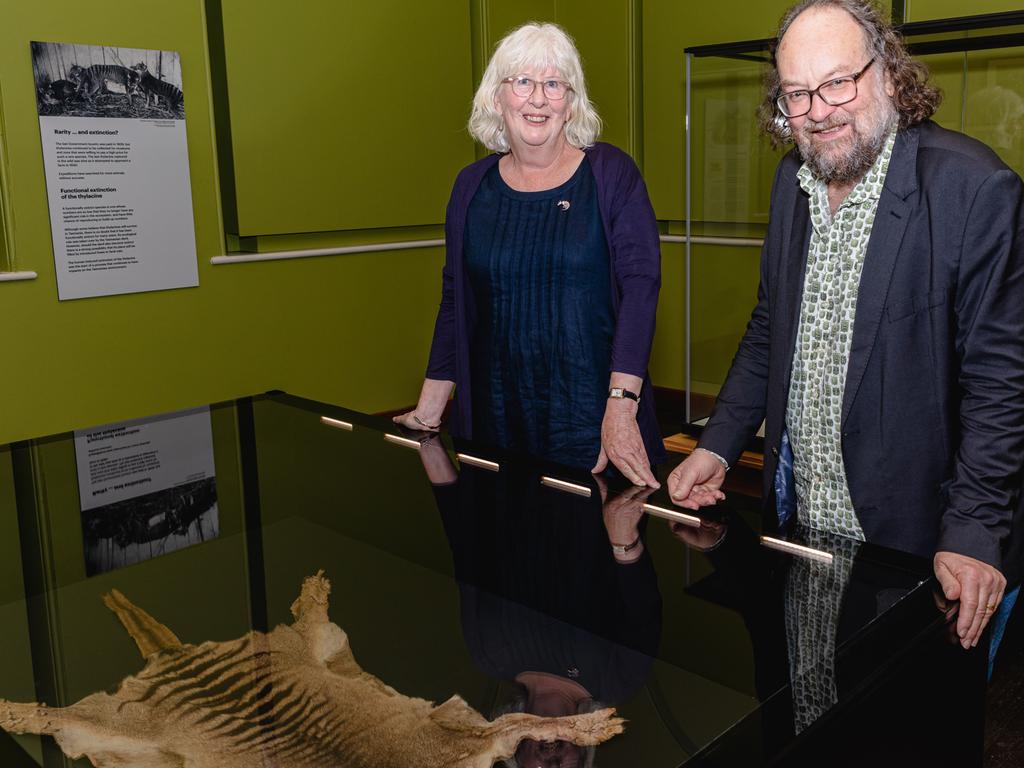
“The thylacine only lived for a few months and, when it died, its body was transferred to TMAG.
“For years, many museum curators and researchers searched for its remains without success, as no thylacine material dating from 1936 had been recorded in the zoological collection, and so it was assumed its body had been discarded.”
But the animal’s remains were actually used as part of a national travelling education exhibit* – with nobody realising she was the last of her species.
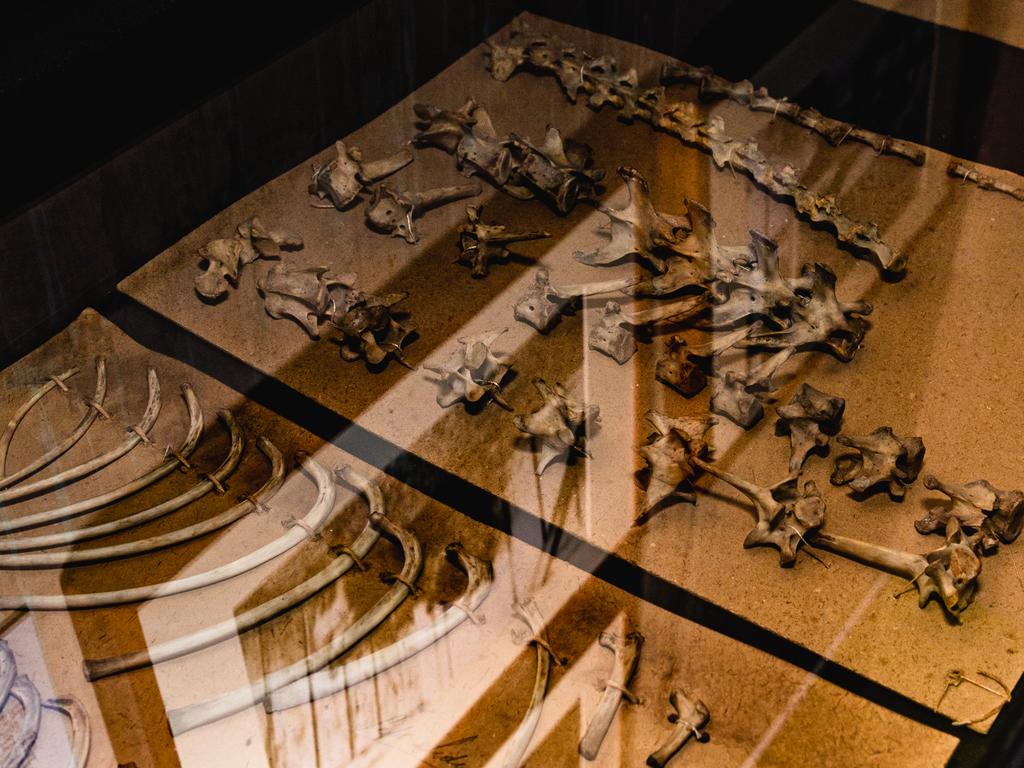
“It was chosen because it was the best skin in the collection; we didn’t know then it was the last one,” Ms Medlock said. “This particular skin and skeleton that we’ve discovered has rarely been on display.”
“The arrangement of the skeleton on the cards allowed museum teachers to explain thylacine anatomy* to students.
“The skin was carefully tanned as a flat skin by the museum’s taxidermist, William Cunningham, which meant it could be easily transported and used as a demonstration specimen for school classes learning about Tasmanian marsupials*.”

She added the somewhat flippant* treatment of the animal was partly due to the fact that at the time, it was not believed to be the last of its kind.
It was broadly thought there were plenty more in the wild, with the public even offered a ₤50 reward by the museum for someone to catch and deliver one.
“They didn’t really know it was the last one … and it is likely that there were still some in the bush at that time, but as the ‘endling’*, this is the last specimen,” Ms Medlock said.
TMAG director Mary Mulcahy said the last thylacine was now on display in the museum’s thylacine gallery.
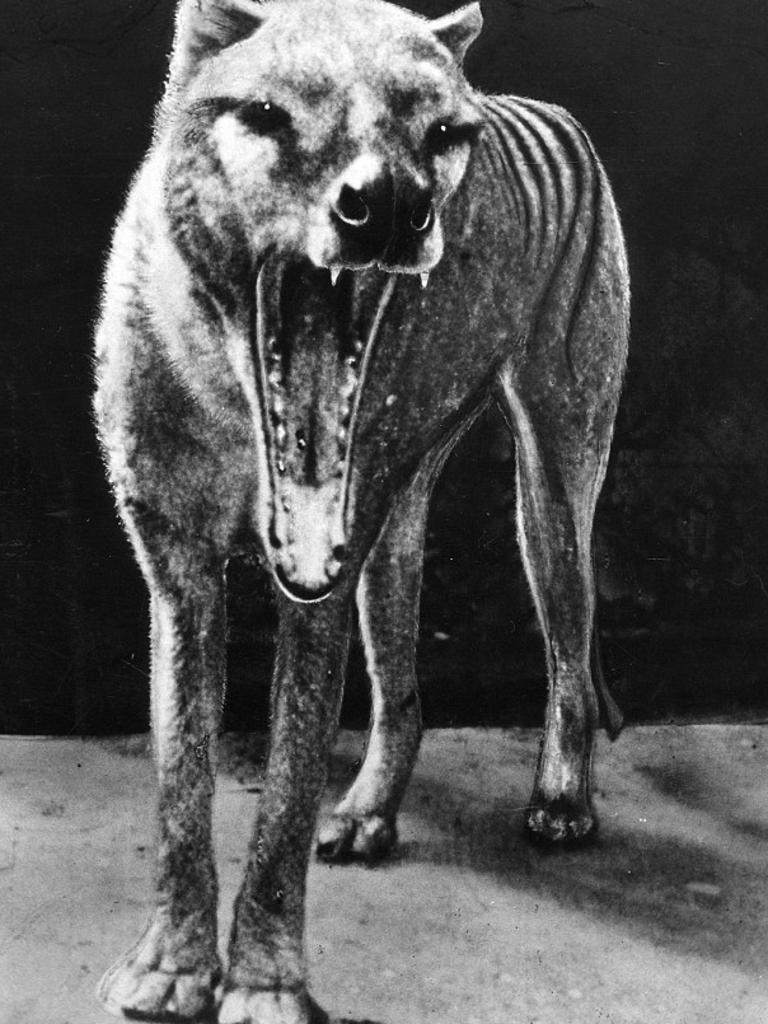
“It is bittersweet* that the mystery surrounding the remains of the last thylacine has been solved, and that it has been discovered to be part of TMAG’s collection,” Ms Mulcahy said.
“Our thylacine collection at TMAG is very precious and is held in high regard by researchers, with the museum regularly receiving requests to access our mounted specimens as well as thylacine bones, skins and preserved pouch young.
“Our thylacine gallery is incredibly popular with visitors and we invite everyone to TMAG to see the remains of the last thylacine, finally on show for all to see.”
GLOSSARY
- penultimate: second last, second to last in a series of things
- thylacine: the extinct, large carnivorous marsupial known as the Tasmanian tiger
- curator: person who oversees or manages a place with exhibits like a museum, gallery or zoo
- vertebrate: any animal with a spine or back bone
- zoology: scientific study of animal biology
- taxidermist: person who prepares, stuffs and mounts animal skins, especially vertebrates
- snaring: catching an animal using a snare device
- exhibit: to show in public, an item or collection of items displayed in a museum or gallery
- anatomy: scientific study of the bodily structure of animals including humans and plants
- marsupials: mammals born when not completely developed and carried around in a pouch
- flippant: not being serious, casual, offhand and even careless
- endling: last known individual person, animal, or other individual in a lineage or species
- bittersweet: containing both sadness and happiness
EXTRA READING
Thor on Tassie tiger de-extinction mission
Tech exists to resurrect Tassie tiger
Cloned Tassie tiger gets closer
QUICK QUIZ
- What was the name of the thylacine previously believed to be the last of its species?
- Who captured and sold this female thylacine – and when and why did it come to the TMAG?
- What was the breakthrough mention that led to the discovery of the missing remains?
- The animal’s remains were used as what prior to their disappearance?
- What reward did the museum offer at the time for someone to catch and deliver a thylacine?
LISTEN TO THIS STORY
CLASSROOM ACTIVITIES
Last Tasmanian tiger
Using all the information from the Kids News article, think of an appropriate and fitting name for this last Tasmanian tiger. Take into account details such as its gender, colouring, where it came from etc and come up with the most fitting and creative name you can.
Write your chosen name and meaning below.
Time: allow 20 minutes to complete this activity
Curriculum Links: English; Science; Personal and Social; Critical and Creative Thinking
2. Extension
Think of a current Australian animal. If it was the last living animal of its kind, what would you do to document it and ensure you have all the scientific information you need before it dies?
Time: allow 15 minutes to complete this activity
Curriculum Links: English; Science; Critical and Creative Thinking
VCOP ACTIVITY
The tiger in the cupboard
A precious artefact thought to be lost has been rediscovered. Imagine being the staff member cleaning out the cupboard and finding such a treasure.
Recreate the moment the staff member found the remains. Remember, it’s an exciting discovery, so you can exaggerate a little to really capture the moment.
Use your VCOP skills to hook the reader in and keep them engaged all the way through your retelling.


